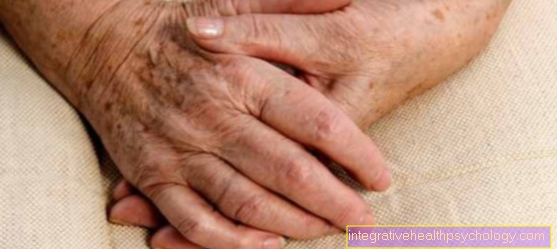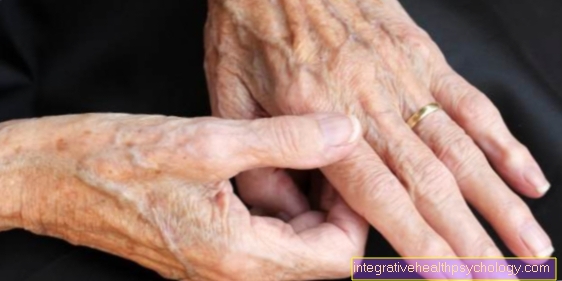aching
Synonyms in a broader sense
Muscle hardening, muscle injury, torn muscle fiber, torn muscle bundle, torn muscle
English: muscle ache, aching muscles, sore muscles
definition
Sore muscles are delayed muscle pain that can last up to a week and is caused by micro-tears in the fibers of the muscle. Muscle soreness is caused by unusual movements that cause the smallest micro-tears in the muscle fibers. The pain does not appear until many hours after the movements and resolve on its own.
The muscles are hard, sensitive to pressure and weak. There are no specific tests or therapy for sore muscles.
If the sore muscles were only a short time ago, no new sore muscles can develop in the same muscles. After the pain has subsided, the sore muscles leave behind an undamaged muscle tissue. That is why we can - with a delay - keep getting sore muscles.
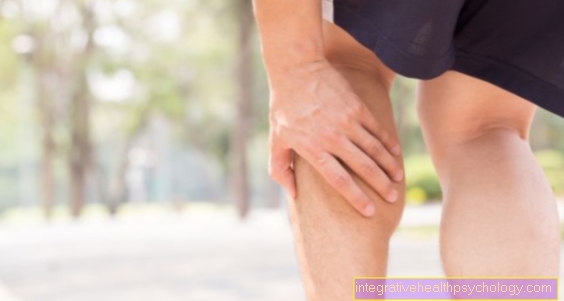
Causes of sore muscles
The muscle soreness that everyone knows is not caused, as many assume, by lactic acid forming in the muscle. Rather, the muscle soreness arises from unusual braking movements in which the muscle is stretched by external forces (see also: Stretching).
These forces lead to microscopic tears in the smallest muscle fibers, so-called microtraumas. These minor injuries can mainly be caused by sudden braking movements that stretch the muscle very strongly. The body counteracts this and wants to repair the small injuries. Small inflammations develop in the appropriate places and water is stored. The increased fluid retention causes the muscle to expand and the typical pain of sore muscles occurs.
Not every sport has the same risk of sore muscles. Muscle soreness can occur more frequently, especially in sports that are often slowed down and accelerated. In addition to tennis, weight training and soccer, muscle soreness occurs more often in running when running downhill than when running uphill.
However, there can also be other causes of sore muscles. Sore muscles can be caused by existing inflammation, epileptic fits and cramps, and medication. Muscle relaxing drugs, in particular, can also cause muscle soreness, as they cause small muscle contractions to occur when anesthesia is induced. Inflammation often occurs after long periods of intense exercise, as the long-term stress causes damage to the muscle cells. The body reacts to this with repair processes that cause inflammation.
No sore muscles? More on the subject: Pain like sore muscles - what can it be?
Duration of sore muscles
The strength and length of sore muscles varies from person to person different and also depends on the intensity of exercise and diet.A very common case of sore muscles occurs after moderate exercise few hours after training on and disappears usually in the next three days after training.
A severe muscle soreness on the other hand, there is a very regular and very high load that is repeatedly exerted on the muscles. This creates larger micro-cracks and the muscle soreness lasts directly multiple days and the pain is much stronger than with a slight sore muscles.
But not only that Exercise intensity and the Frequency of training affect the length one Sore muscles out. Especially the How athletes deal with sore muscles is crucial for the duration of the sore muscles. Athletes who make an effort to take action immediately after training rehabilitation are usually relieved of the sore muscles much earlier. Athletes who, on the other hand, do not take any measures against sore muscles suffer from the pain significantly longer.
Symptoms
Of the aching occurs a few hours after exercise at the earliest Muscle inflammationcaused by the micro injuries, not after exercise! For example, after many push-ups you feel pain in the right-, or left arm.
The Musculature hardens, becomes stiff and sensitive to pressure. In addition, the muscles feel weak and limp. The pain is strongest after two days, from then on it decreases more and more.
diagnosis
There are no specific tests to diagnose sore muscles. The diagnosis can only be made from the patient's medical history.
therapy
A therapy of the Sore muscles there is not any. The pain will subside by itself after a few days.
Read more here: Sore muscles - what works best?
What can I do to relieve the pain?
After intensive training, the muscles ache on the first and / or second day. Every movement hurts and training is hard to think of during this time. Fortunately, the sore muscles usually go away on their own after a few days. Nevertheless, there are a few small aids to partially alleviate the pain.
You can use against the pain Heat treatments work and thereby alleviate them somewhat. This method is often used by top athletes who swear by heat treatment. However, there is no scientific evidence for this. Besides the warmth one Sauna sessions is a hot relaxation bath another alternative that not only relieves pain but also brings calm to the soul.
The sore muscles with a clear less intense exercise Countering this is another procedure that athletes swear by. However, the training session should be approached much more slowly and more relaxed. For example, if a certain route was jogged the day before, the same route can be taken briskly the next day. Very sore muscles can cause pain medicinal Remedial action can be taken. If the muscles are less sore, you can gentle and light stretching promote the healing process and relieve pain.
How can I prevent sore muscles?
There are several ways to prevent sore muscles. It should be said, however, that even the fittest athletes struggle with sore muscles every now and then and not all preventive measures are always effective.
Muscle soreness and its prevention individually variableso that, depending on the sport and constitution, there are more or less good methods to prevent sore muscles.
Generally speaking, sore muscles can result from this regular exercise of sport be prevented. This is the Resilience the muscles accordingly highso it less often to small fiber cracks comes.
It can also be helpful immediately after exercising the stressed muscles to massage or in the sauna to go. Active support for muscle regeneration reduces the risk of sore muscles.
Depending on the sport, it can Stretching before exercising be helpful. In sporting areas like that To dance, do gymnastics or ballet Controlled stretching before exercise is a good measure to reduce the likelihood of sore muscles.
However, is it a sport where high intensities and rapid forces are in the foreground, so that is suitable Do not stretch, but rather a extensive warm-up training in the form of easy warm-up including special exercises with a lower level of stress. As a result, the muscles are slowly warmed up and are ultimately more resilient than when they are immediately extremely challenged in a cold state.
Special while jogging for example, sore muscles can also be caused by the Wearing proper footwear be prevented. Exact treadmill analyzes should make it possible to recommend a particular running shoe to each athlete. In addition, running on soft surfaces can be better tolerated in terms of sore muscles than running on hard surfaces such as asphalt.
Finally, it is also important that, in order to prevent sore muscles, one always do controlled sport should. This means a slow load that corresponds to the level of performance and also that you should give your muscles a break from time to time. In any case, a healthy and balanced diet can be seen as a preventive measure against sore muscles.
forecast
Sore muscles will completely regress after a period of about 7 days and will not cause any damage to the muscles.
Also read the topic Ibueta at our partner
Stretching for sore muscles

It is commonly said that the stretch can prevent muscle soreness before exercise or after exercise. This assumption is not correctbecause that stretch has no influence on whether the subsequent exercise causes muscle soreness. In the worst case, the stretching can even make the muscles sore aggravate, as the already damaged muscles are still being pulled apart. This becomes a Stretch reflex triggered in the muscles, which forces the muscle to involuntarily contract again and possibly further damage it.
Preventing sore muscles is done stretch so not possible. On the other hand, it makes more sense sensible training with the right intensity.
Please also read: Stretching for sore muscles
For a while the theory was believed that Warm up- and stretching reduce the risk of injury before exercising. This theory has meanwhile been refrained from because the preventive effect cannot be scientifically proven. Sports scientists agree, however, that it causes sore muscles under no circumstance can be avoided. The sense of stretching exercises after exercise is also controversial and so far no scientific proof of a benefit has been found. At most can light exercises to increase general flexibility be performed. Under no circumstances should you stretch to the limit of pain as this can easily cause damage.
Sports physiological there is also a relatively simple explanation why stretching cannot prevent sore muscles. When stretching, the muscle fibers just pulled apart and elongated, so no injury can heal faster. It is measurable that the Previously stretched muscles perform lower is as muscles that weren't pulled apart before exercising. When you stretch, you take the tension out of the muscle, which the muscle needs to perform at its best.
Training for sore muscles

aching is a clear sign with which the body indicates that a muscle is injured. Simply ignoring the pain and continuing to train as usual is not appropriate in this situation. Every injury initially needs time to heal, even the small muscle injuries caused by sore muscles.
It should not be assumed that bed rest is the right measure against sore muscles. Rather, one should short-term change in training respectively. The muscles affected by pain should be treated for the duration of the sore muscles Protection to be granted. Because the more recovery the overused muscle fibers the faster they can regenerate.
Recovery can be like through light exercise To stroll go, wheel drive or swim be achieved. Be there heart and circulation stimulated and promotes blood flow to the damaged muscle. In this way, you actively support the troubled muscles, as building materials and repair materials of the body reach the injured areas more easily. However, if you continue to train in the usual way, you risk in the worst case more serious injuries (e.g. a Torn hamstring) than just the sore muscles.
Of the mythThat stubborn training is the best therapy for sore muscles is nonsense. The pain is a sign that you have to spare the muscle and that Pause training should. In addition, the training should follow a little gentler be tackled so as not to risk the next sore muscles immediately. Training is hardly possible without sore muscles, even with the best preparation even a competitive athlete has to endure sore muscles. Unusual loads, even if you do not exhaust yourself to the limit of your performance, can lead to sore muscles, for example when running downhill, as the muscles are often used too seldom. There are training methods in which regular, new training stimuli can and may even result in sore muscles every now and then. At first, that's not bad at all. It only becomes problematic when the muscles too often and too difficult are burdened so that they lack the possibility of regeneration and repair. In such a case, the sore muscles and the accompanying Inflammation in the muscle chronic become. The result is injuries and illness instead of strength and fitness.
In the end, it's one every time individual assessmentwhether and how much you should really train with sore muscles. As a beginner is one Sports break Recommended because the muscles do not yet know the movements and are not yet designed for it. As an experienced athlete, you can usually better assess how far you can go and when it is better to take a break.
As a rule, only certain parts of the body are affected by sore muscles, so that all other muscle groups can continue to train as usual. A light endurance training can also help to warm up tired muscles and improve blood flow to speed up the healing process.
A simple one Basic rule could mean that an exercise should not be performed if the movement cannot be performed cleanly and in the correct form due to the sore muscles.
Sore muscles in the stomach
Training the abdominal muscles creates microscopic tears in the fine muscle fibers. If the training is very intense, many of these will occur small cracks and cause the sore muscles. Especially in the abdominal muscles, these pains can be very uncomfortable and interfere with every little movement, coughing and laughing.
Here is the Heat treatment an effective method as well, as in the case of sore muscles in the remaining skeletal muscles. A warm bath with sea salt, a pleasant shower in which you can direct the jet directly on the painful areas and the application of a Hot water bottle can promote the healing process and relieve pain.
Furthermore, a Alternating shower help, as it gets the circulation going and thus improves the supply of the muscles. This method can be used with Sauna sessions can be combined and thus have an even more positive effect on regeneration.
A light workout with less intensity and significantly longer breaks, healing can also be beneficial. You should always feel comfortable and not train under severe pain. These methods clearly do not help to relieve the pain, may Painkiller, Anoint, Sprays and Creams can be used to reduce pain.
Are sore muscles good or not?
Another, widely used Myth about sore muscles states that the onset of sore muscles for one effective training speaks. From a sport-physiological point of view, this is wrong, as sore muscles initially speak for inefficient training because the necessary Regeneration of the muscle takes much longer as a usual break without sore muscles.
You don't necessarily get sore muscles if you activate a muscle, for example with push-ups, until it "burns"On the contrary, the training stimulus created by it can be Stimulate muscle growth and make him more persistent. If you overload the muscle and demand too much performance from a muscle beyond the appropriate level without allowing it to rest, there is a risk of muscle soreness, in the worst case even one Muscle strain. This slows down the training success again, as the damaged muscle must first enter a repair and regeneration phase before it can perform again.
But: When certain muscles are no longer used, they are broken down. If you perform unusual movements, this can result in sore muscles. Whether doing sports, gardening or doing Strength training, unfamiliar or excessive stress results in small tears in muscles (i.e. the sore muscles), which are compensated by the body with repair mechanisms. One of the advantages of sore muscles is that the body usually repairs the muscle in such a way that it can be replaced afterwards higher level can reach. This explains why a muscle gets used to a new load so quickly. When the muscle is exposed to the same load a second time, the sore muscles are usually not as pronounced.
So there is no definitive answer to the question of whether sore muscles are good or bad. Although it indicates that a muscle is injured, it also heralds a phase of regeneration and repair that makes the muscle more efficient again.



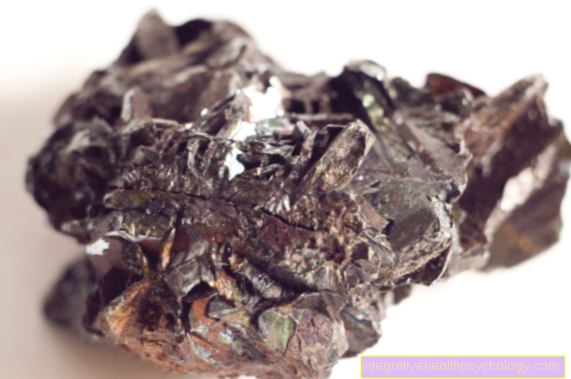
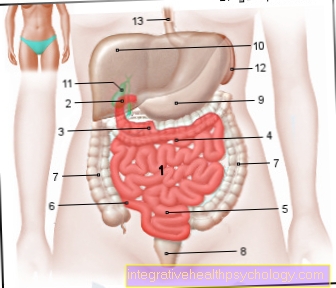



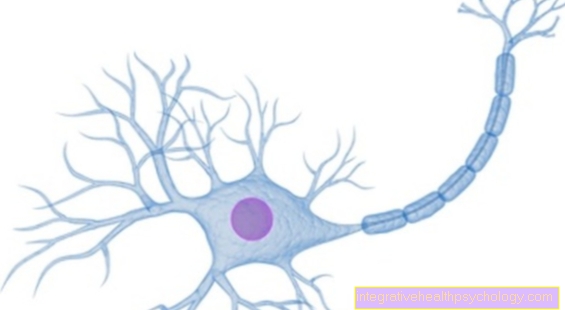

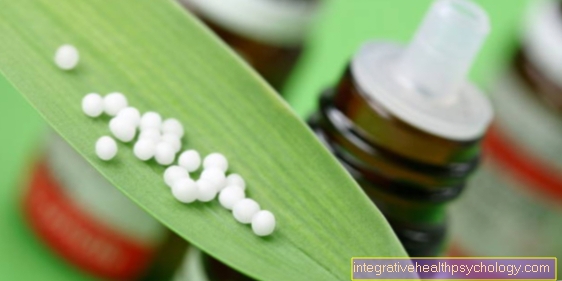
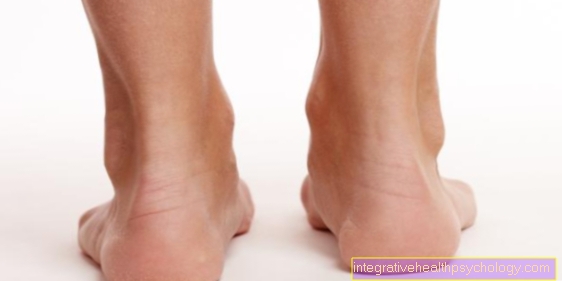




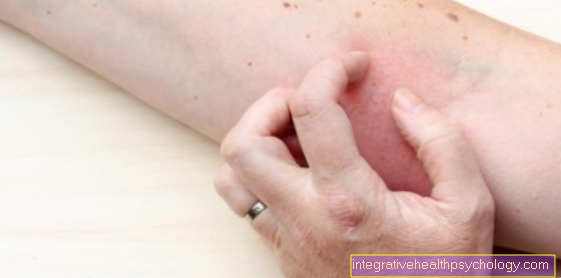
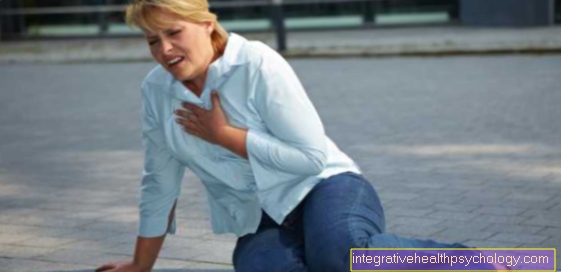



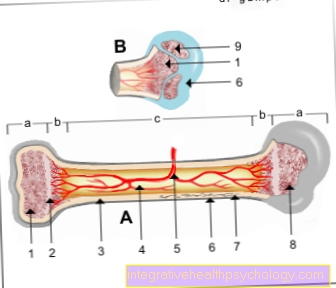
.jpg)



